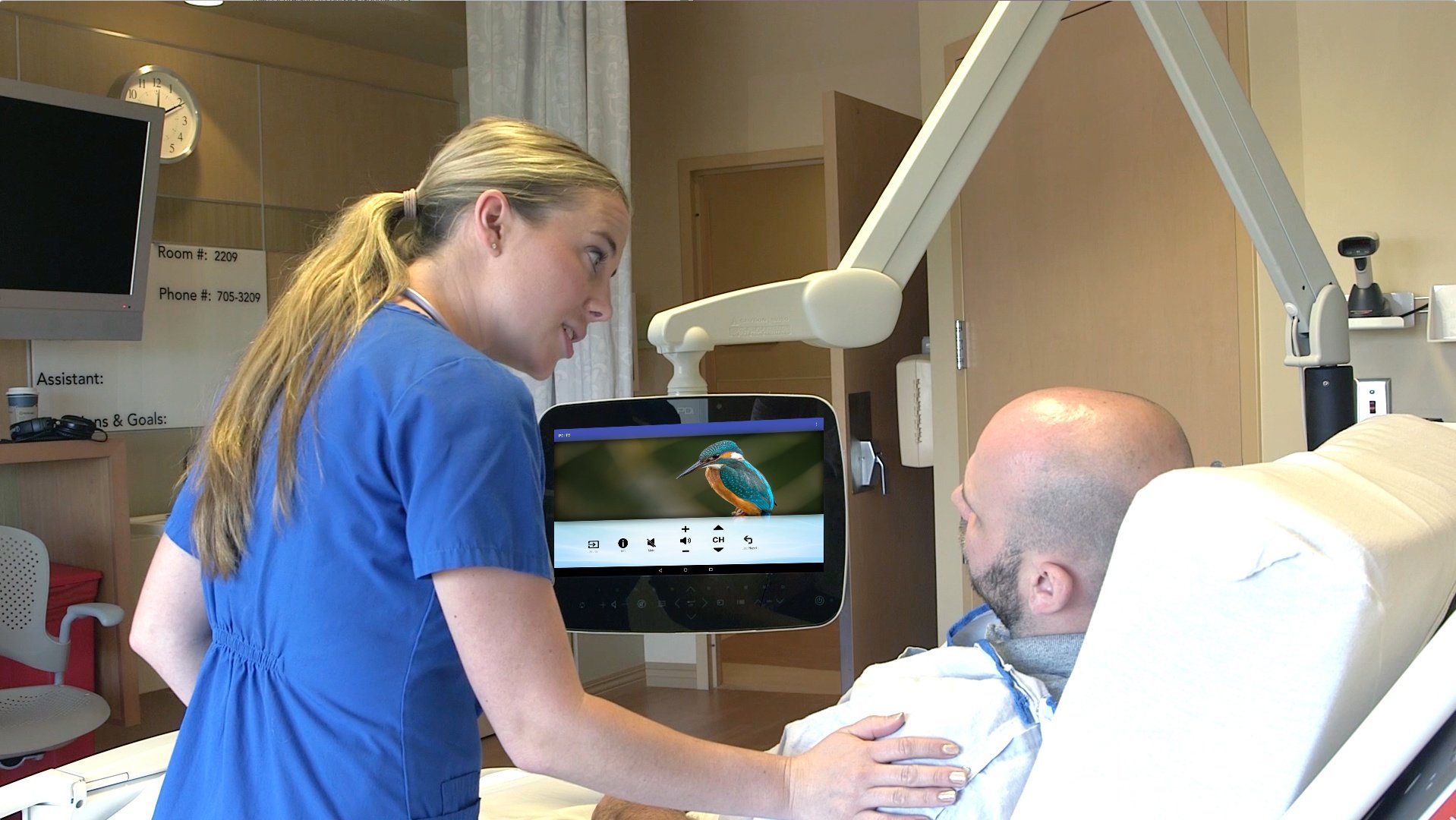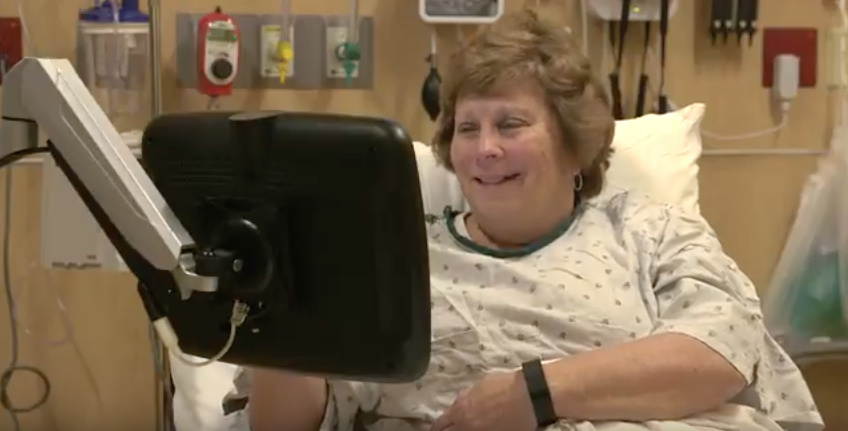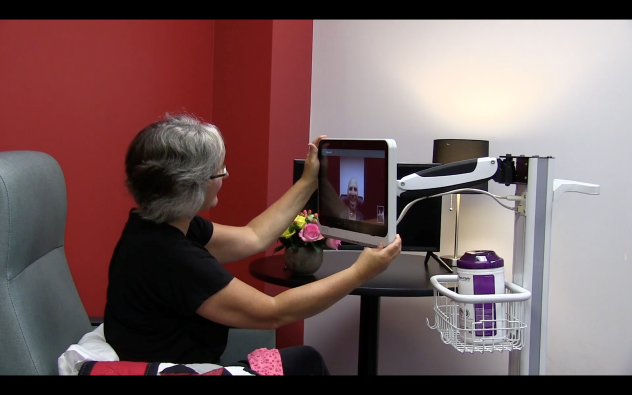Why We Care About Patient Experience
You are there for the crucial moments... As healthcare providers it is your responsibility to care for patients during the crucial moments of their...

Patient-centered care brings patient engagement and personal involvement in care to a new level. When facilities try to implement patient-centered care, there is often a disconnect between what facilities think will make them more patient-centric and what patients really need. There’s a difference between making changes to become modern (like offering online scheduling) and implementing patient-centered initiatives, like involving patients more fully in their care.
When facilities move toward more patient-centered care, it’s very similar to increasing their focus on patient engagement. Healthcare providers and patients should be on the same page in terms of the patient’s health goals, intentions and care plan. Patient-centered care should have a positive impact on health outcomes and can help patients be more knowledgeable about their conditions.
Patient-centered care involves active listening and intentional communications within the personal patient encounter. Let’s look at wearable technology like a Fitbit or an Apple Watch which has grown in popularity in recent years. With this growth, more people are tracking their own health data, like heart rate, activity and sleep, and patients are often eager to share that data with their physicians. They might even have questions prepared based on that data. By taking the time to intently listen to the patient’s story, their data and any other information they’d like to share, healthcare providers can ensure that they are focusing on the patient and what’s important to them.
While explaining their condition and treatment plan, you can also get feedback from your patient. Maybe they would prefer one method of treatment over another. Listen to their reasoning with an open mind. Consider their thoughts, but if a different method is better, explain the differences and the reasons why their non-preferred method is the best way to go. Even if you don’t follow their preferences, you can show that you care about their thoughts and you listen to their input.
Patient empowerment also plays a significant role in patient-centered care. One of the best ways to help patients feel empowered about their care is to educate them as much as possible. People learn in different ways, so it can also be a good idea to ask the patient if they have a preferred method, or you can offer a combination of print and electronic resources. In-room bedside technology can help you easily provide applicable digital resources.
Sometimes patients need to hear information multiple times for it to make sense, but healthcare providers often don’t have time to explain something over and over. With a television or tablet, patients can watch a video about the information and even answer questions to check their understanding. This can help them be more prepared with questions they want to ask the doctor. Patients can replay videos until they understand the material, reducing any sort of embarrassment that might come from asking the doctor to repeat the information multiple times.
Technology can also help patients feel more comfortable and at-home in the hospital. A patient can have the same viewing experience on a small personal-sized television as they could on a 90” wall TV. Patients can watch their favorite shows and stay distracted from their current situation.
To provide patients with an even better experience, though, hospitals can provide tablets that offer not only TV capabilities, but enhanced entertainment, as well. PDi’s medTAB products offer TV, games, relaxation apps and internet access with direct links to popular social media and news sites. Patients can listen to the sound of the ocean as they drift off to sleep, or they can try their hand at trivia in the downtime before their next test.
Patient-centered care truly should revolve around the patient. Their goals, thoughts and input should be valued and considered, even if they can’t always be followed or met. Providing technology that helps them feel empowered and comfortable can improve your patients’ involvement.
An arm-mounted, healthcare-grade personal patient device is a great tool for patients to use to immerse themselves in something other than their current situation. It can be easy to get lost in a game of solitaire or doze off to the sound of a stream. Arm-mounted technology like this can show patients that you’re invested in their well-being outside of their care plan, as well. Distractions can be equally important in a hospital.
Personal devices can also be a good mix of familiar and novel. Most patients are very used to touch screen devices at this point, but they might not know the exact games or apps on your device. This novelty provides a good distraction, while the familiarity of the devices is comfortable.
If you’re looking for a new arm-mounted technology solution to help you deliver more patient-centered care, PDi has a variety of devices to meet your needs.

You are there for the crucial moments... As healthcare providers it is your responsibility to care for patients during the crucial moments of their...

Healthcare providers know how important a safe, great experience is for patients and their overall satisfaction. Providers are often looking for new...

Achieving a balance between delivering an exceptional patient experience and managing budget constraints is an ongoing challenge in the healthcare...